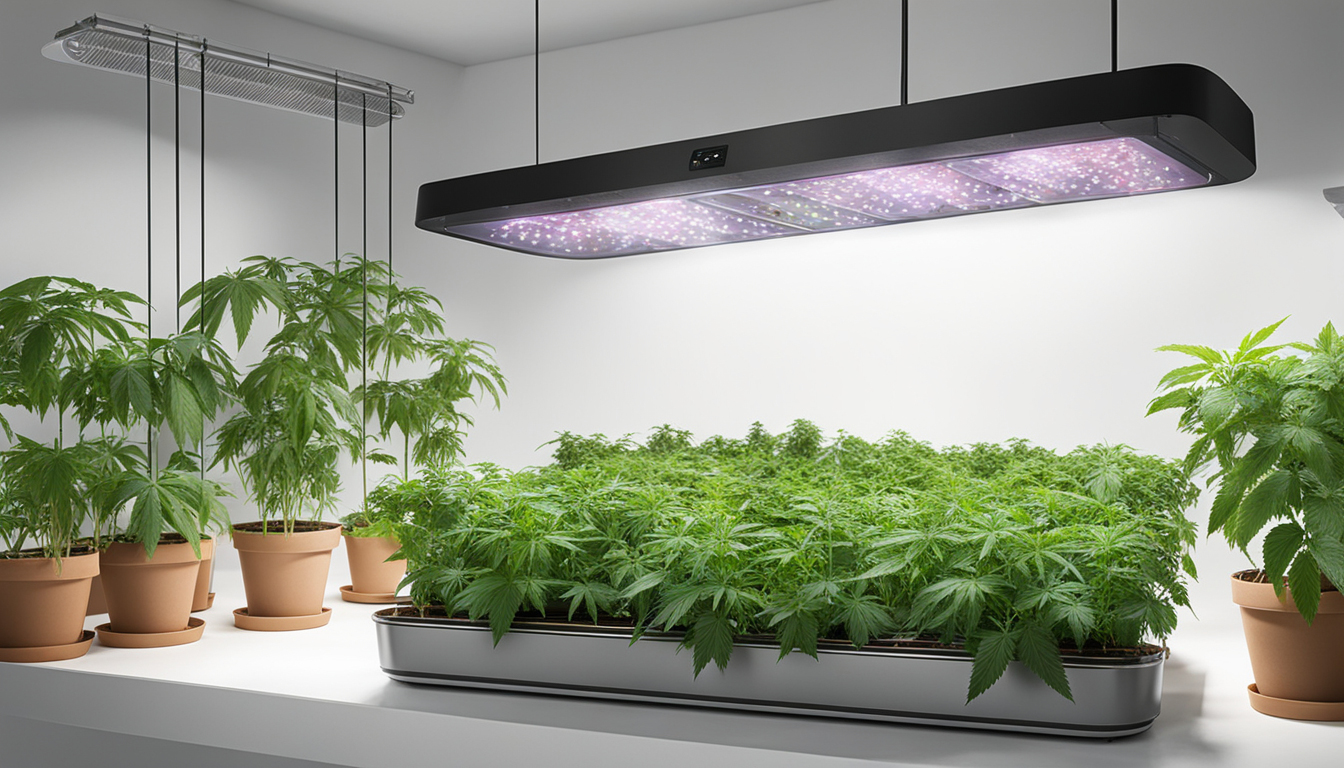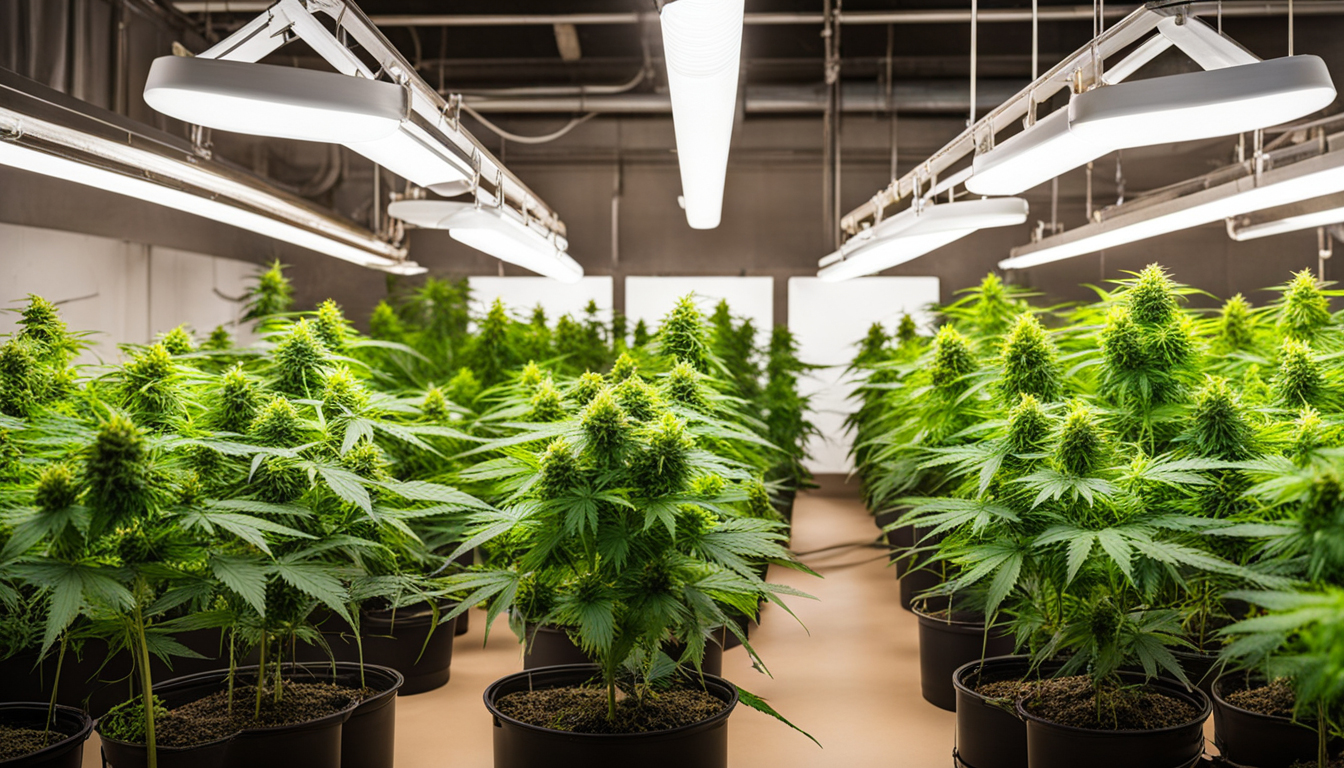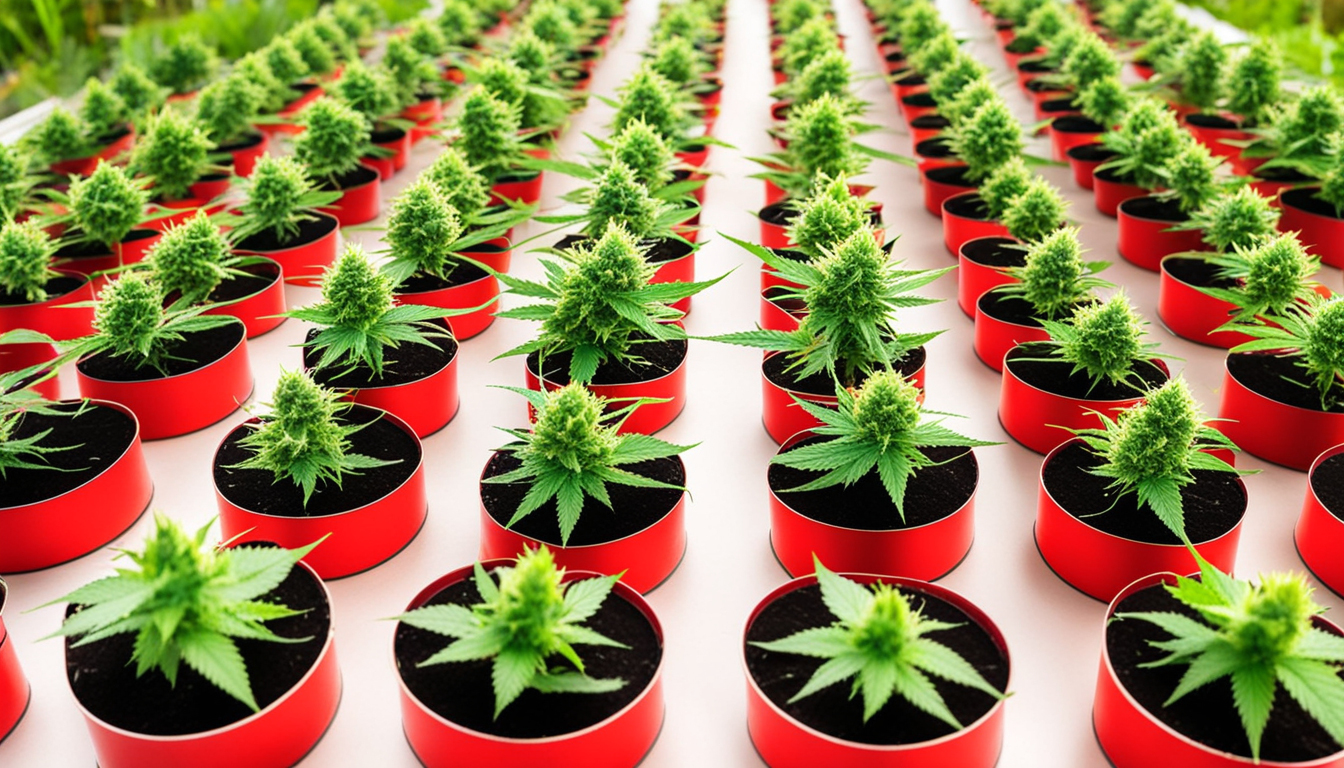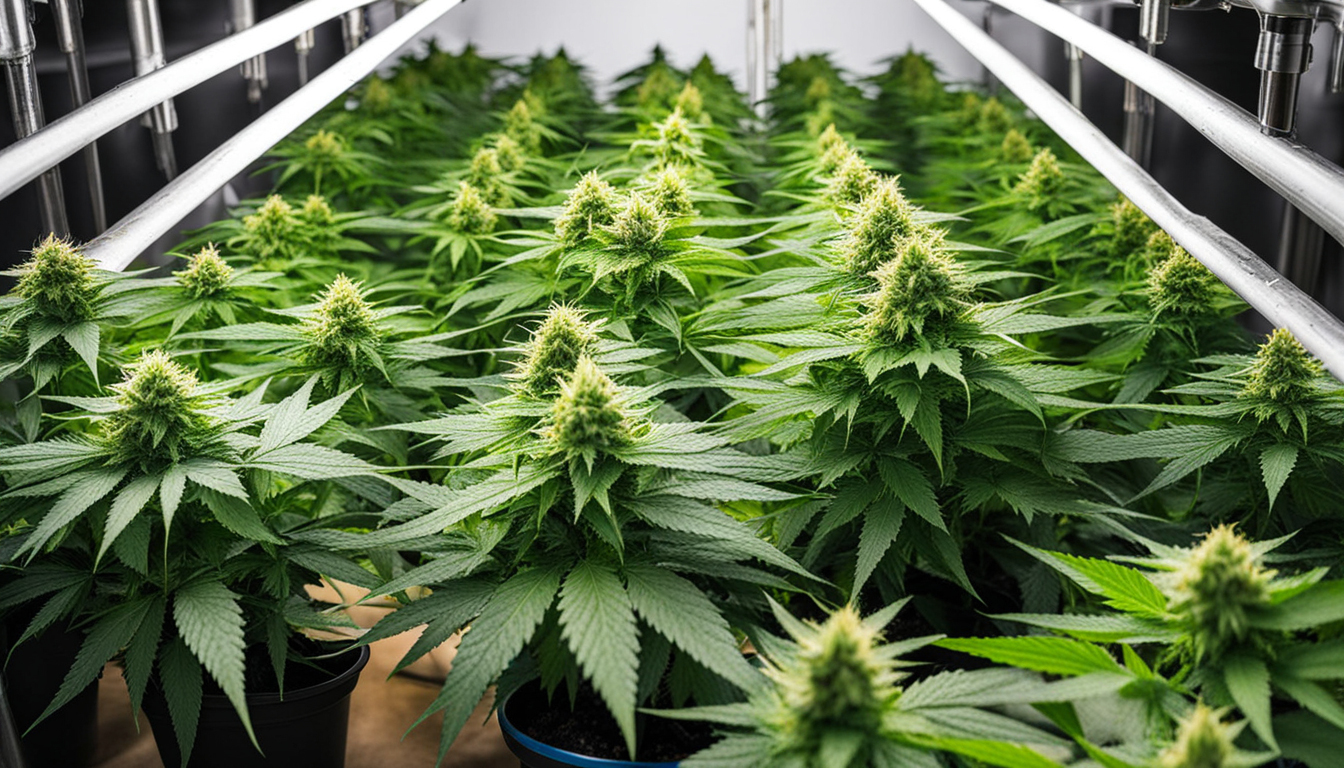
Whether you're just starting out with pot cultivation or looking to improve your existing crop, following this complete guide will help you produce big, high-quality yields right at home. With the right supplies, techniques, and care, growing weed indoors can be an extremely productive and cost-effective endeavor.
Choosing Pot Strains
The first step in planning your indoor grow is picking the right weed varieties to produce. The three main types of pot plants each have their own qualities.
Sativas
Known for their energizing cerebral effects, sativas grow tall and slender with narrow leaves. They thrive in hotter tropical climates and have a longer blooming time between 2.5-3 months indoors. Top energizing varieties include Jack Herer, Durban Poison, Super Lemon Haze, and Jack Herer.
Indicas
Indicas provide relaxing full-body effects and grow short and bushy with broad leaves. Adapted to cooler mountain climates, they flower faster within 8-9 weeks. Popular indica strains include Granddaddy Purple, Northern Lights, and Bubba Kush.
Hybrids
Hybrid strains blend traits from both sativas and relaxing strains. They offer blended effects and have medium blooming times around 2.25-2.5 months. Well-known hybrids are OG Kush, Girl Scout Cookies, and Blue Dream.

Setting Up Your Grow Space
Pot plants need the right controlled environment to succeed. Key factors for indoor farms are lighting, ventilation, layout, and finding the ideal discreet area.
Location
Choose an empty space with quick access to water and power outlets. An empty extra bedroom, unused closet, corner of the basement, or grow tent locked away in a garage all make great discreet cultivation room spots.
Lighting
Cannabis requires powerful light for all vegetative stages. LED grow lights are efficient and come in broad spectrum options simulating natural outdoor light. Cover 15-25 watts per sq. ft for the vegetative stage and 20-40 watts per sq. ft. for flowering.
Ventilation
Proper ventilation and exhaust systems maintain ideal temperature, moisture, and fresh CO2 levels. Install low-noise 4-6 inch fans or scrubbers to refresh old air and reduce odors.
Layout
Optimize your space by arranging plants strategically under the lamps and leaving room to reach and work around them. Set up separate zones for vegetation, bloom, drying, and propagation.

Growing Substrates
Cannabis can be cultivated in various mediums, each with benefits and cons. Pick a suitable option for your particular setup and growing style.
Soil
The classic substrate, soil is affordable and simple for beginners. It provides great taste but requires more irrigation and nutrients to nourish plants. Enrich soil with perlite or coir to improve aeration.
Coconut coir
Made from coconut husks, renewable coco coir holds water but still lets in air to the roots. It's cleaner and more consistent than soil. Use coco-specific nutrients to prevent calcium buildup.
Water systems
In hydro systems, plant roots grow right in nutrient water solution. This enables rapid development but needs close cannabisgrowguide.net monitoring of solution chemistry. DWC and drip systems are common methods.
Germinating Seeds
Germination prepares your cannabis seeds to begin growing radicles. This prepares them for planting into their cultivation medium.
Paper Towel Method
Place seeds between wet paper towels and keep them moist. Inspect after a week for emerging radicles showing germination is complete.
Direct Planting
Insert seeds right into pre-moistened growing medium 6mm deep. Gently water and wait 1-2 weeks until sprouts break through the surface.
Rockwool Cubes
Soak cubic rockwool starters in balanced water. Place seeds 6mm deep into the cubes. Keep cubes moist until seedlings appear within 1-14 days.
Transplanting Young plants
Once germinated, pot seedlings need to be transplanted to prevent crowding. Move them into proper sized containers.
Preparing Containers
Fill large containers with growing medium amended with time-released nutrients. Allow pots to soak up water overnight before transplanting.
Gently repotting
Gently loosen young roots from sprouting medium using a spade. Place into prepared container at same depth as before and lightly water in.
Growth Stage
The growth stage encourages foliage and plant form through 18-24 hours of daily light exposure. This stage usually lasts 4-8 weeks.
Providing 3/4 to full day of Lighting
Use lamps on a 24 daily schedule or natural sunlight to trigger constant photosynthesis. Light output influences height and node distance.
Nutrients
Use grow stage fertilizers richer in N. Make sure pH remains around 5.8-6.3 for full fertilizer uptake. Fertilize 1⁄4 to 1⁄2 strength after 2 weeks and increase gradually.
Training Techniques
Topping, low stress training, and trellising direct shoot shapes for flat foliage. This boosts yields.

Flowering Stage
The flowering stage develops buds as plants reveal their sex under a 12 hour light schedule. It lasts 8-12 weeks based on variety.
Changing Light Schedule
Switch grow lights to 12/12 or place outdoors for natural 12 hour cycle. This triggers plants to start blooming.
Stop Fertilizing
Flushing flushes out fertilizer residuals to improve taste. Feed lightly the first weeks then just use plain water the final 2 weeks.
Flushing
Maintain 12 hour photoperiod but flush using pH-balanced water only. Return to clean watering if buds aren't mature after two weeks.
Reaping
Recognizing when weed is fully ripe delivers maximum cannabinoid content and aroma. Cut down plants at optimal maturity.
Identifying Ripeness
Check fading pistils, swelling calyxes, and 10-15% amber trichomes. Inspect buds across the plant as they don't all mature evenly.
Cutting Plants
Use clean, sharp trimming scissors to carefully cut each plant at the base. Keep several inches of stalk attached.
Curing
Hang intact plants or branches upside down in a lightless room with average temp and RH around 50-60% for 1-2 weeks.
Curing
Curing keeps desiccating while aging the buds like cannabis indoor aged spirits. This process smooths bitterness and further develops terpene and terpene profiles.
Jars and Humidity
Manicure dried buds from branches and place into sealed containers, packing about 3⁄4 full. Use a sensor to measure container humidity.
Opening jars daily
Open jars for a short time daily to gradually lower moisture. Remoisten buds if RH goes under 55%.
Final Cure
After 14-21 days when humidity levels off around 55-65%, do a final manicure and store forever in sealed jars.
Troubleshooting
Even experienced cultivators run into various cannabis plant problems. Detect Watch Now problems early and fix them properly to keep a strong garden.
Poor feeding
Yellowing leaves often signify insufficient nitrogen. Anthocyanins and leaves show low phosphorus. Check pH and boost nutrients slowly.
Pests
Thrips, aphids, fungus gnats, thrips, and nematodes are common marijuana pests. Use neem oil sprays, predator bugs, and yellow traps for natural control.
Powdery mildew
High moisture encourages botrytis and root rot. Improve circulation and circulation while reducing humidity under 50% during bloom.

Summary
With this complete indoor cannabis cultivation guide, you now have the knowledge to cultivate bountiful potent buds for personal grows. Apply these steps and techniques during the germination, growth, and flowering stages. Invest in quality gear and closely check on your plants. In time, you'll be rewarded with frosty aromatic buds you raised yourself under the patient guidance of your green hands. Happy growing